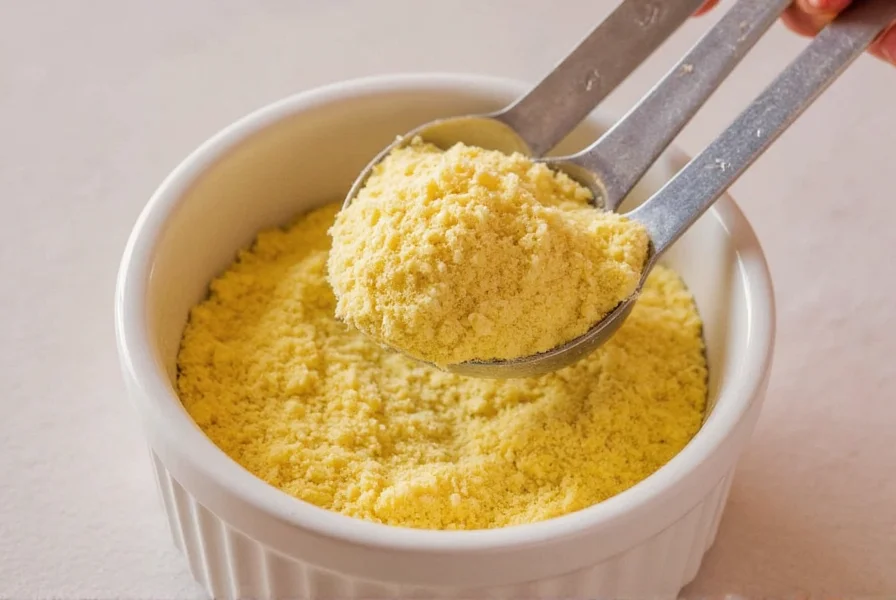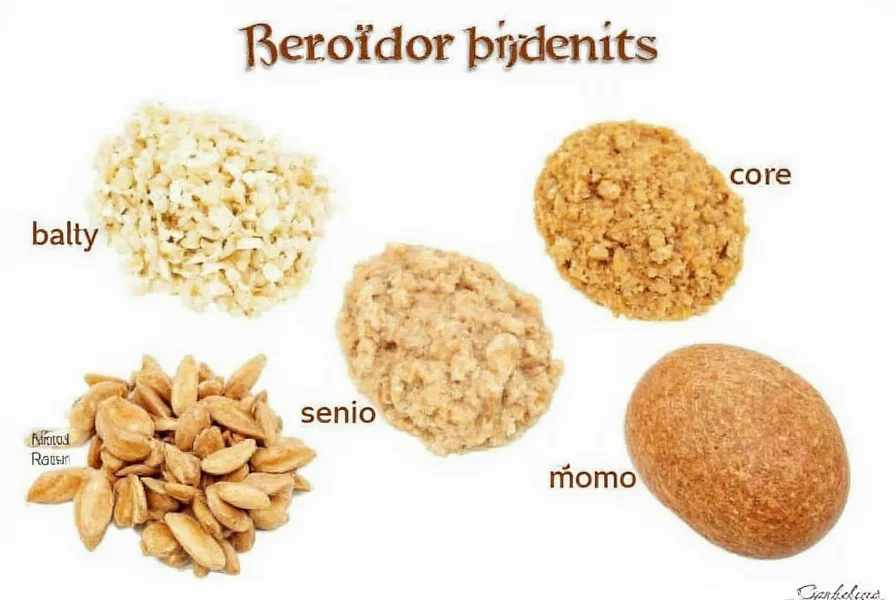Understanding how to correctly pronounce asafoetida matters whether you're discussing recipes with fellow cooks, ordering ingredients at specialty stores, or watching culinary demonstrations. This guide provides clear pronunciation guidance along with linguistic context to help you say this unique spice name with confidence.
Breaking Down Asafoetida Pronunciation
The word contains four distinct syllables that follow standard English phonetic patterns once you know where the emphasis falls:
| Syllable | Phonetic Spelling | Pronunciation Guide |
|---|---|---|
| As | \/æs\/ | Like "as" in "ask" |
| a | \/ə\/ | Like "a" in "ago" (schwa sound) |
| foh | \/fə\/ | Like "fo" in "follow" |
| TEE | \/ˈtiː\/ | Stressed syllable, like "tea" |
| duh | \/də\/ | Like "duh" in "duh" (schwa sound) |
The primary stress falls on the third syllable ("TEE"), which is crucial for natural-sounding pronunciation. Many English speakers mistakenly emphasize the first syllable, saying "ASS-uh-foh-TEE-duh," which sounds unnatural to those familiar with the word.

Origin of the Word and Why Pronunciation Matters
Asafoetida derives from the Persian phrase "aza" (resin) and the Latin "foetidus" (stinking), referring to its strong sulfurous aroma when raw. This etymological background explains the unusual spelling and helps understand proper pronunciation.
In Indian culinary contexts where asafoetida (known as "hing") is commonly used, the English pronunciation has been adapted to fit English phonetic patterns while preserving the word's essential structure. When discussing this ingredient in cooking communities, correct pronunciation demonstrates cultural awareness and helps avoid confusion.
Common Mispronunciations to Avoid
Several mispronunciations frequently occur when English speakers encounter asafoetida for the first time:
- "ass-uh-FOY-duh" - Incorrectly emphasizing the third syllable as "FOY" like "foie gras"
- "as-uh-FOE-ti-da" - Adding an extra syllable and misplacing stress
- "ASS-uh-fet-uh-da" - Over-emphasizing the first syllable and mispronouncing the "tee" sound
- "az-uh-FOE-ti-da" - Using a "z" sound instead of "s" at the beginning
These variations often stem from attempting to pronounce the word as it's spelled without understanding its linguistic roots. The correct "as-uh-foh-TEE-duh" follows English pronunciation conventions for Latin-derived words.
How to Practice Asafoetida Pronunciation
To master asafoetida pronunciation, try these techniques:
- Break it into manageable chunks: "as-uh" + "foh-TEE" + "duh"
- Practice the stressed syllable separately: "TEE" (like the beverage)
- Repeat the full word slowly, gradually increasing speed
- Record yourself and compare with reliable pronunciation sources
- Use it in cooking-related sentences: "I'll add a pinch of asafoetida to the lentil soup"
Many dictionary websites and language learning platforms offer audio pronunciations that can help you hear the correct enunciation. When searching for audio references, use the query "asafoetida pronunciation audio" to find reliable resources.

Asafoetida in Culinary Context
Understanding asafoetida pronunciation becomes particularly valuable when exploring Indian cuisine, where this resin plays a crucial role. Often used as a substitute for onions and garlic in certain dietary traditions, asafoetida transforms when cooked, losing its strong raw odor and developing a savory umami flavor.
When following recipes that call for asafoetida, proper pronunciation helps in:
- Communicating effectively with specialty food store staff
- Participating in cooking classes or culinary discussions
- Understanding video demonstrations where the ingredient is mentioned
- Searching for additional information using voice assistants
Whether you're a home cook expanding your spice knowledge or a culinary professional working with diverse ingredients, mastering asafoetida pronunciation enhances your overall cooking experience and communication.
Regional Variations in Pronunciation
While "as-uh-foh-TEE-duh" represents the standard English pronunciation, regional variations exist:
- In British English, the final "a" may sound closer to "duh" than "dah"
- Some American speakers slightly soften the "t" sound to almost "d"
- In Indian English contexts, you might hear "hing" more frequently than the full English name
These variations remain mutually intelligible as long as the primary stress stays on the "TEE" syllable. The key is consistency in emphasizing that third syllable, which distinguishes correct pronunciation from common errors.











 浙公网安备
33010002000092号
浙公网安备
33010002000092号 浙B2-20120091-4
浙B2-20120091-4